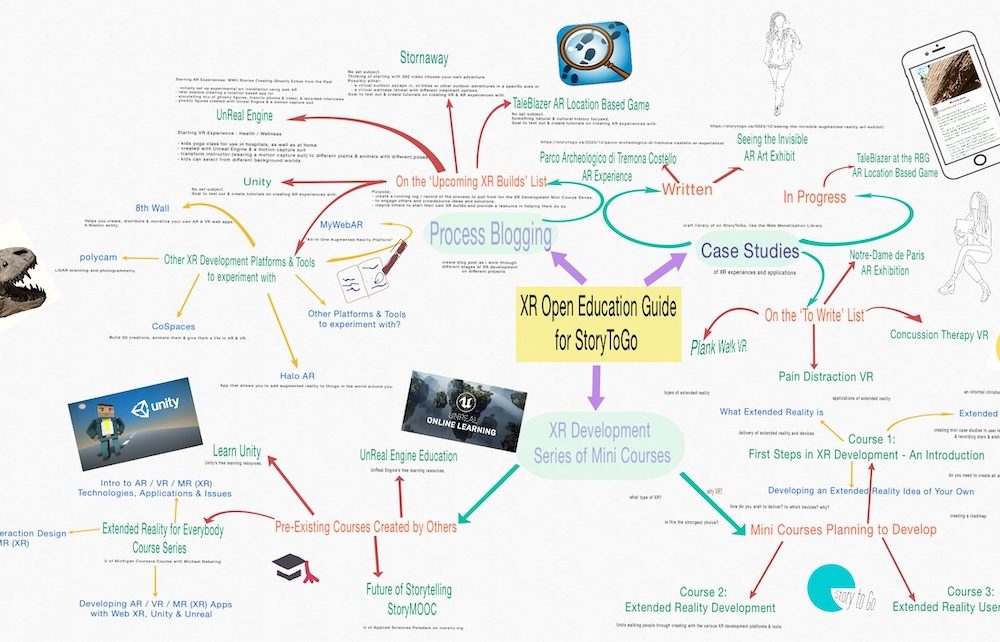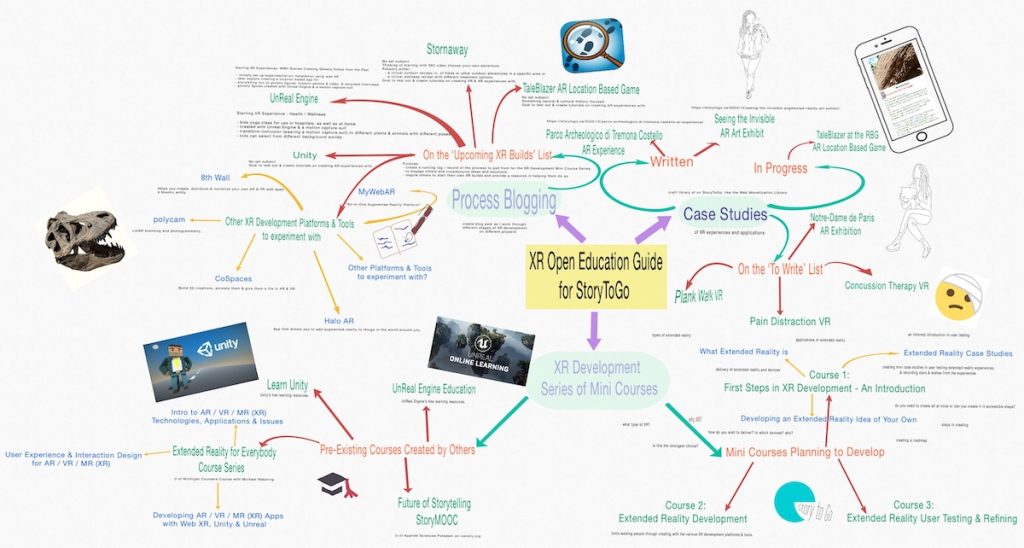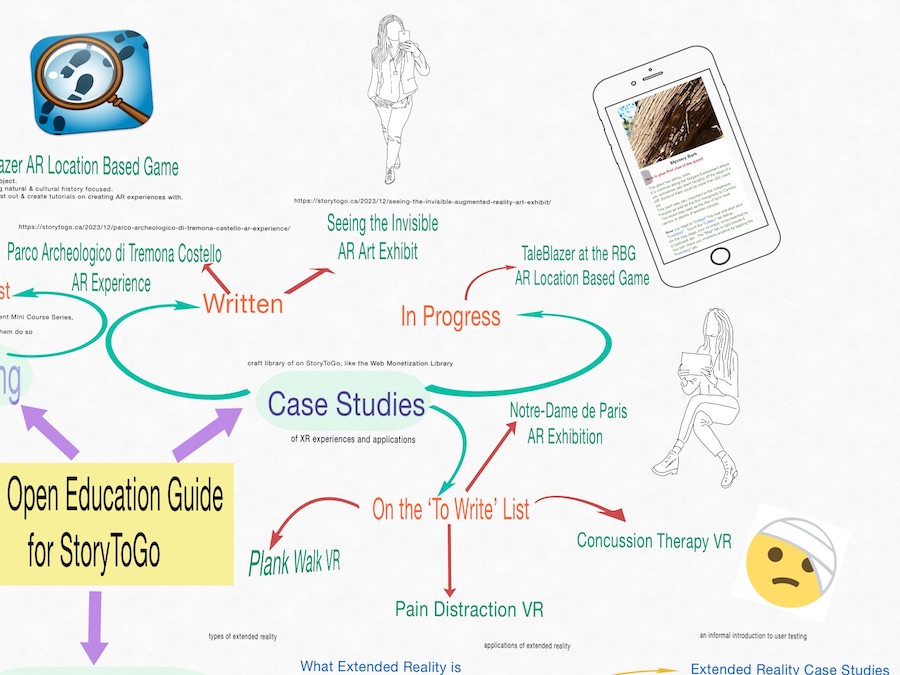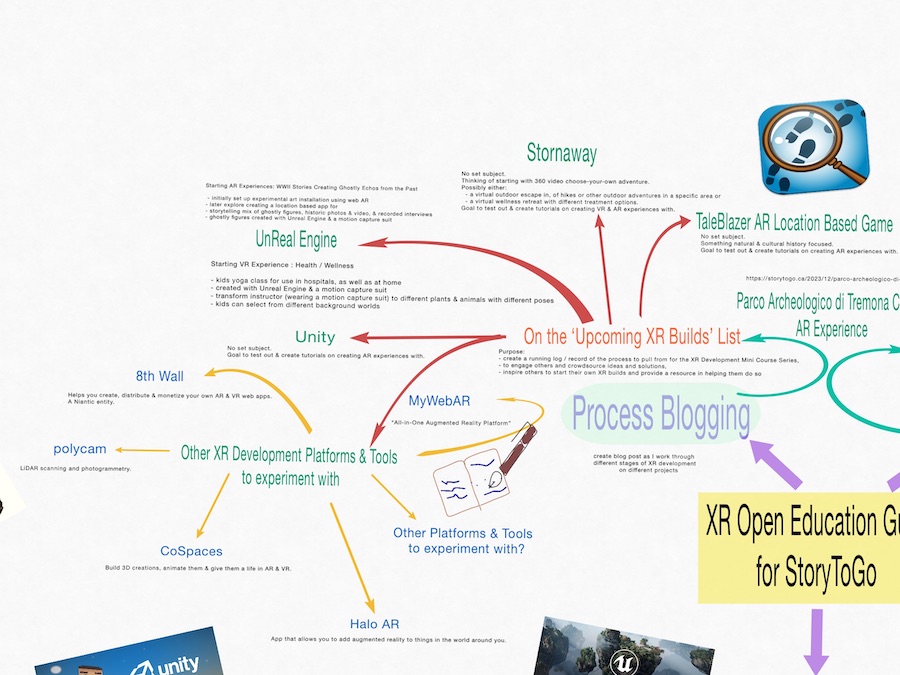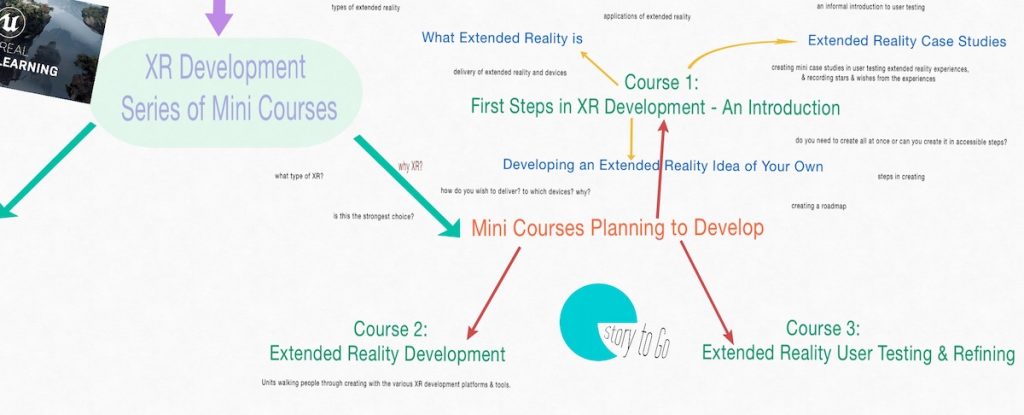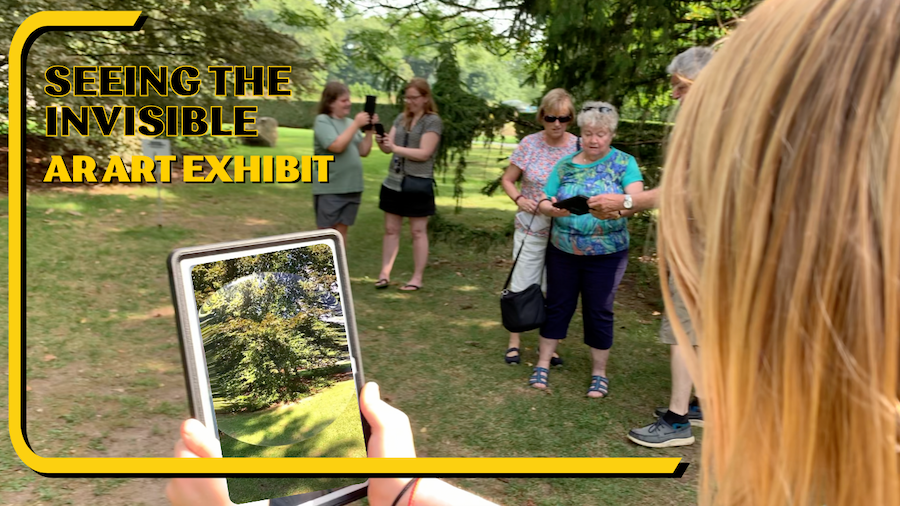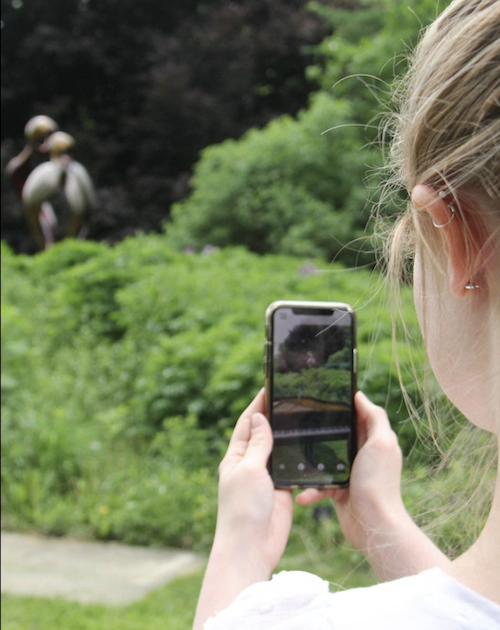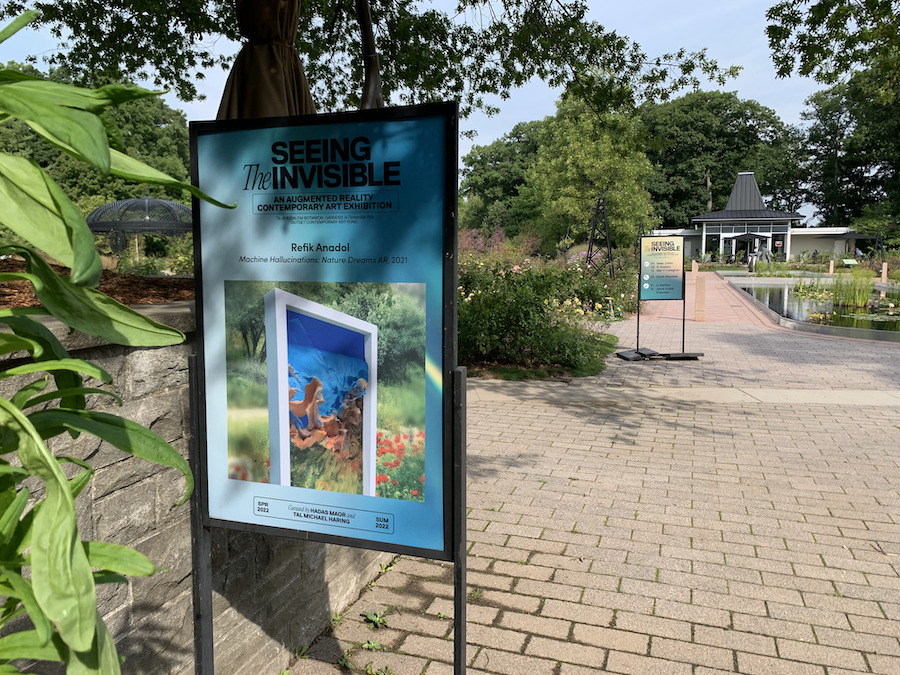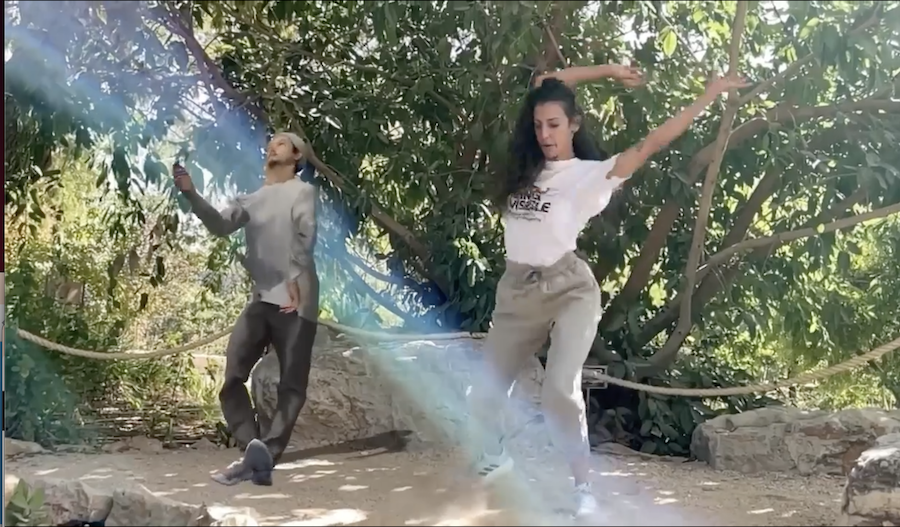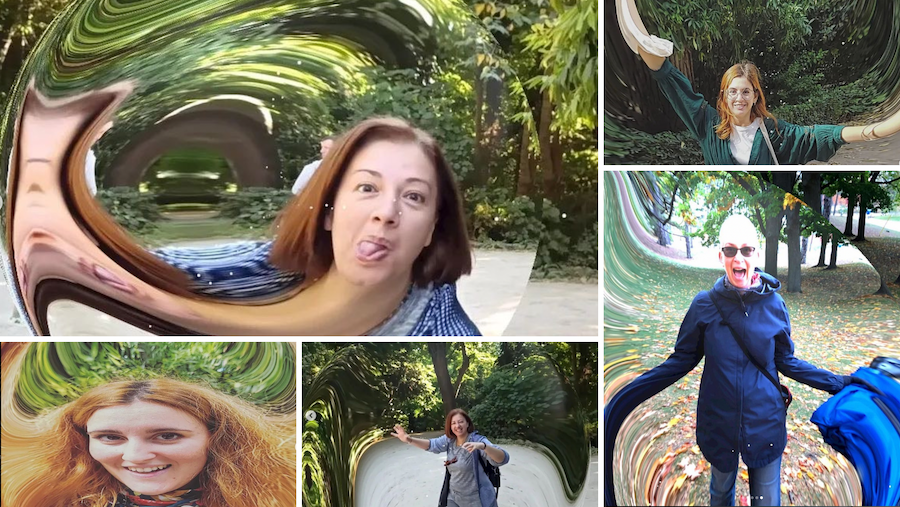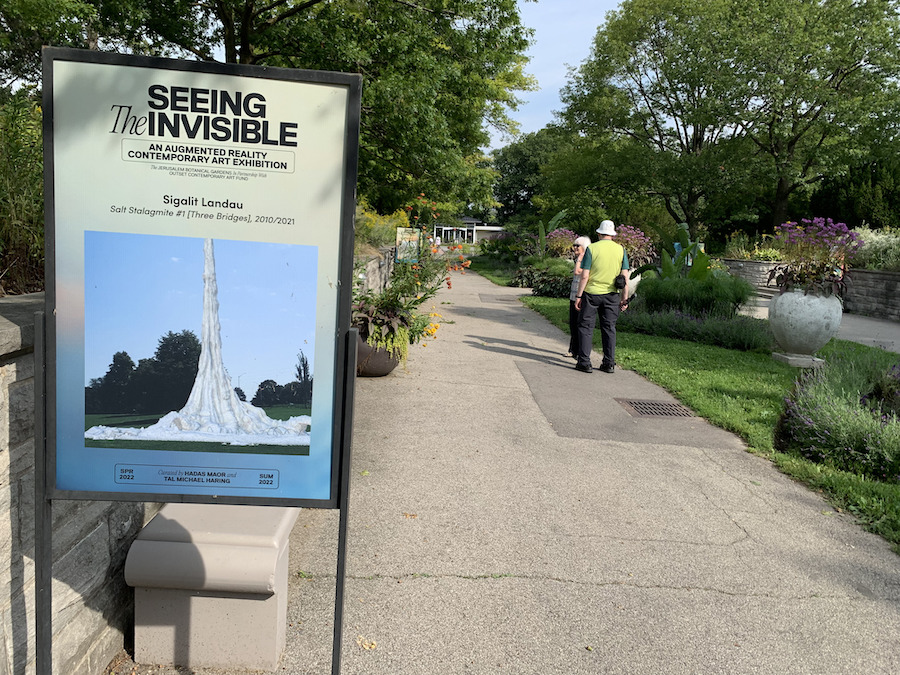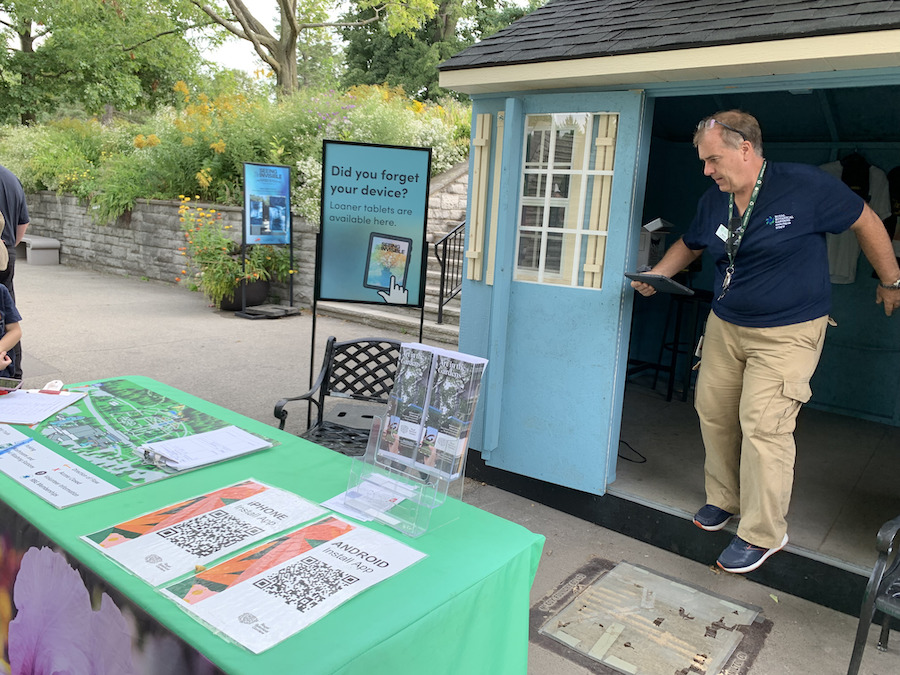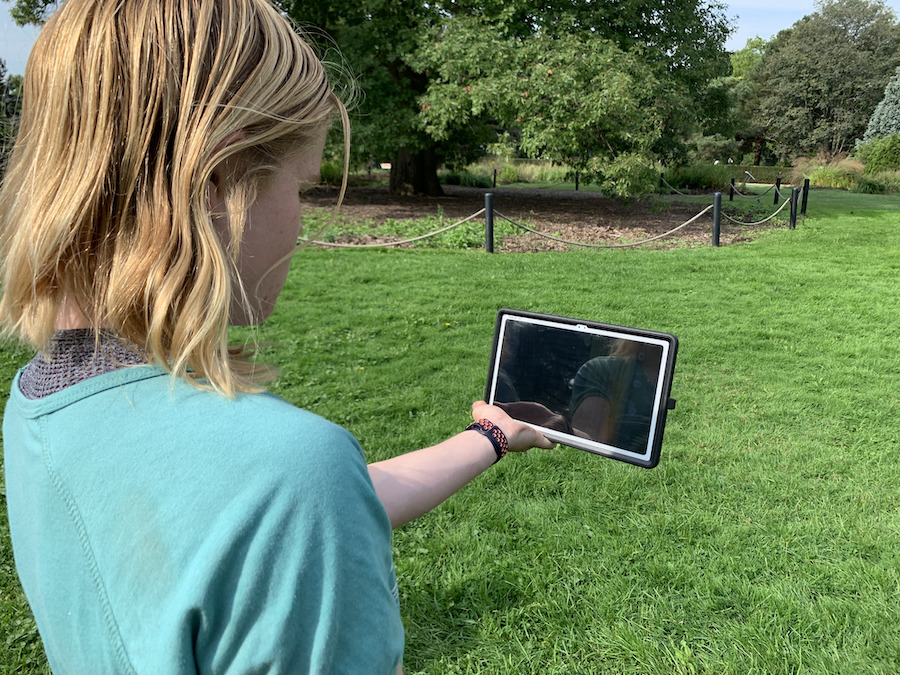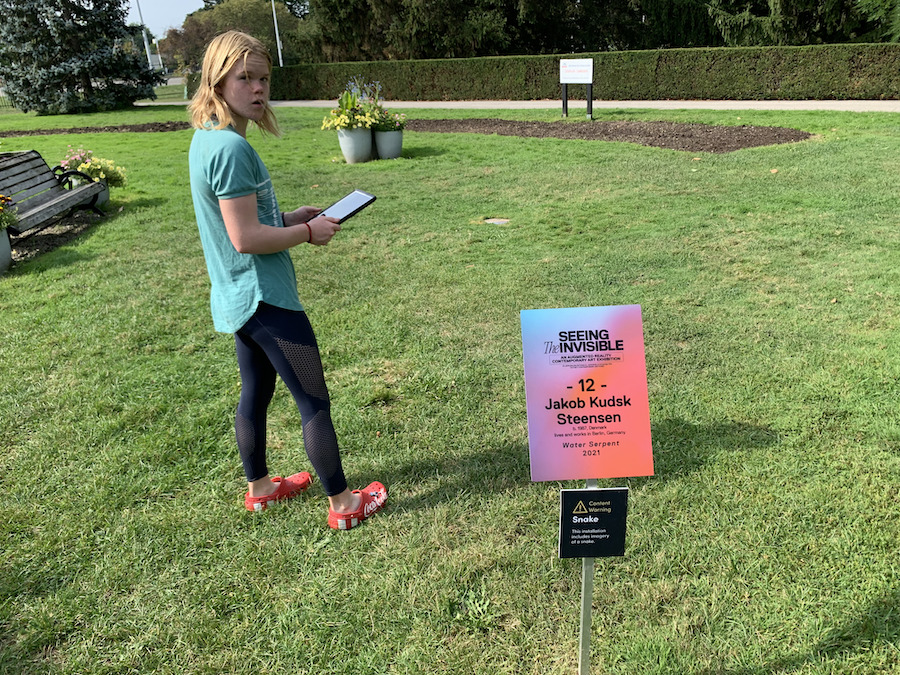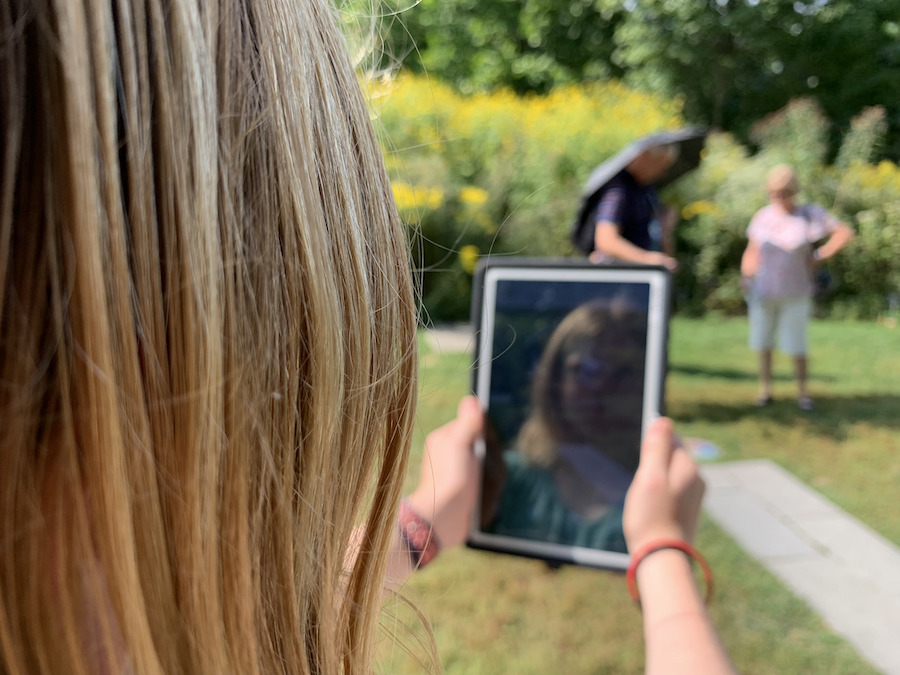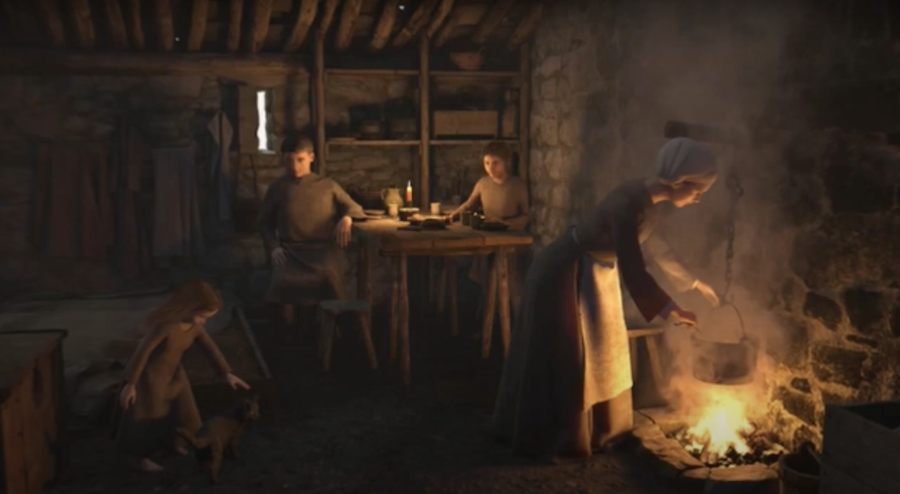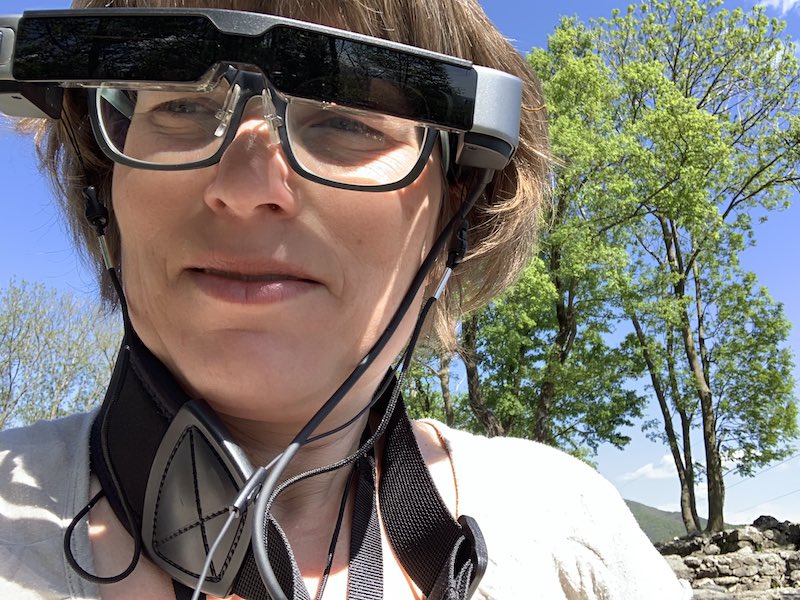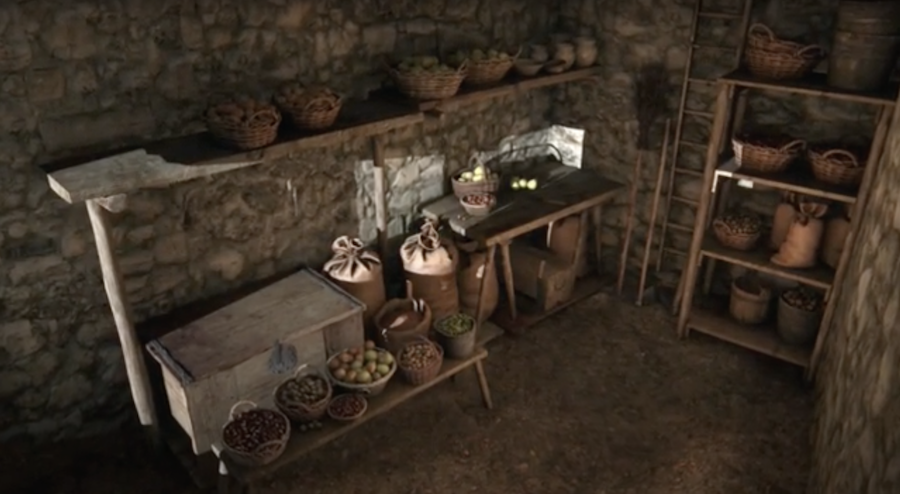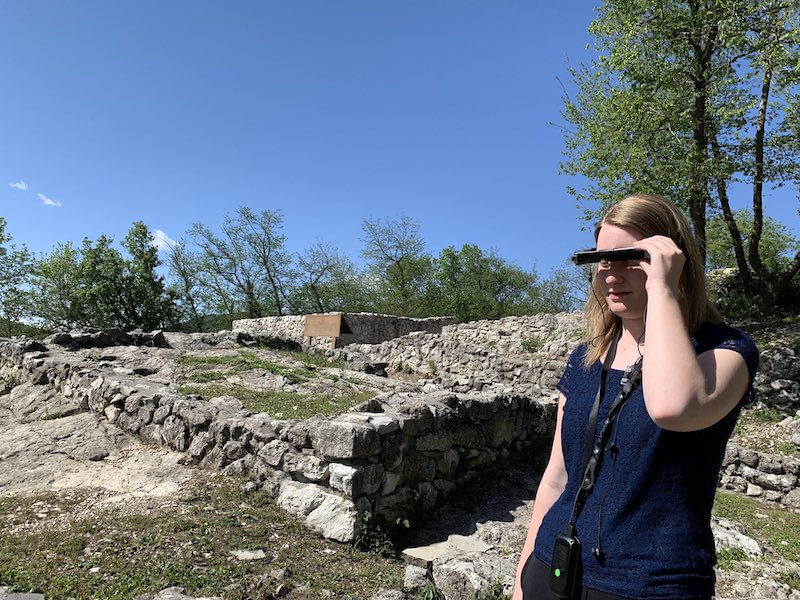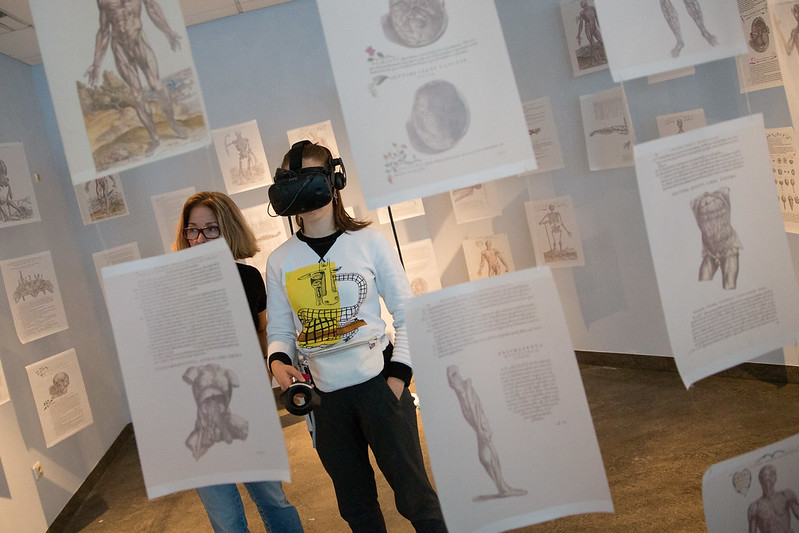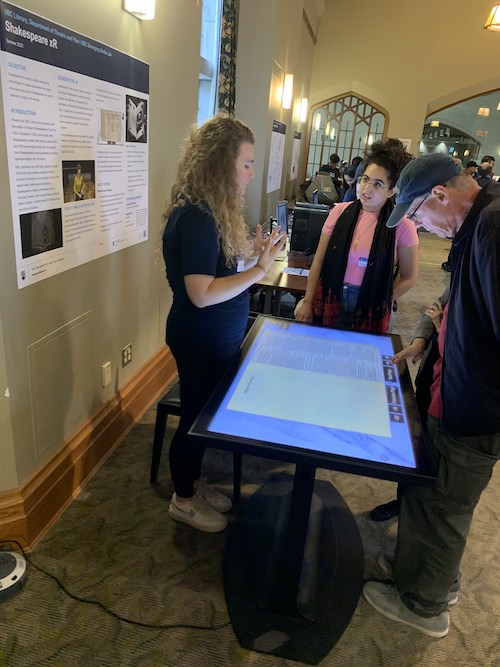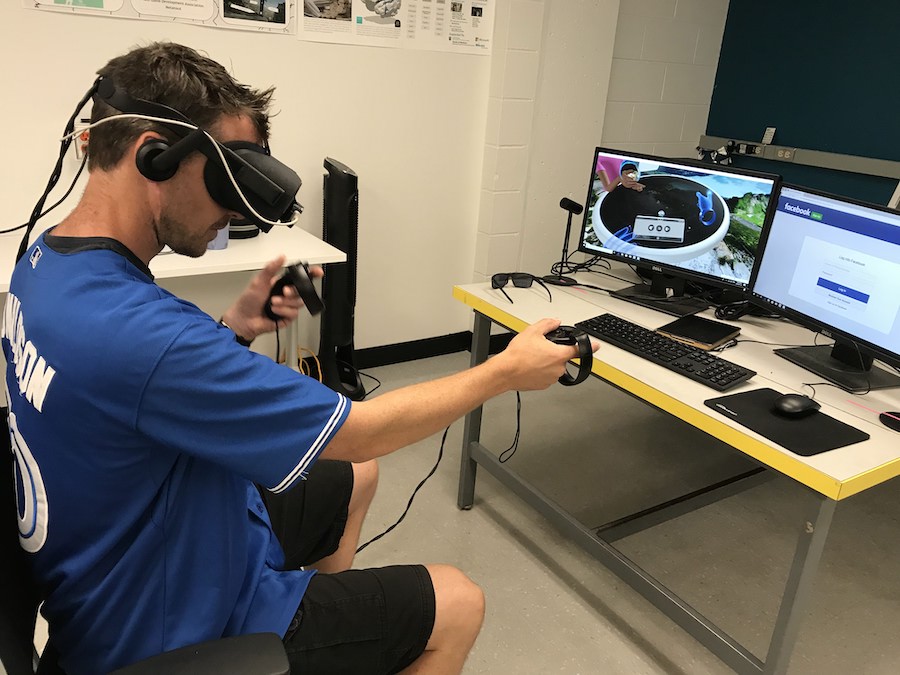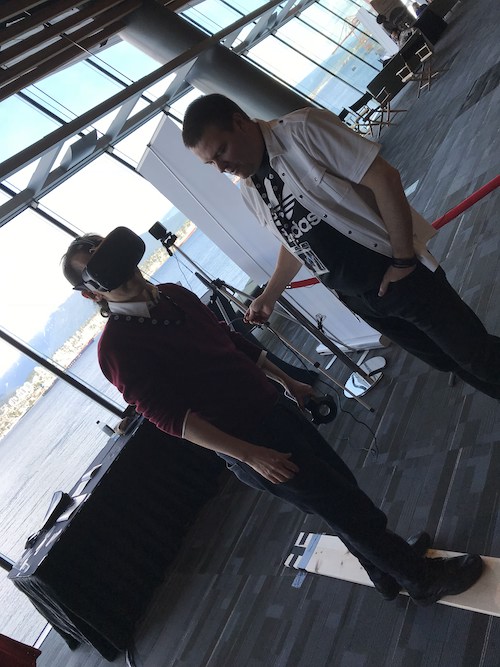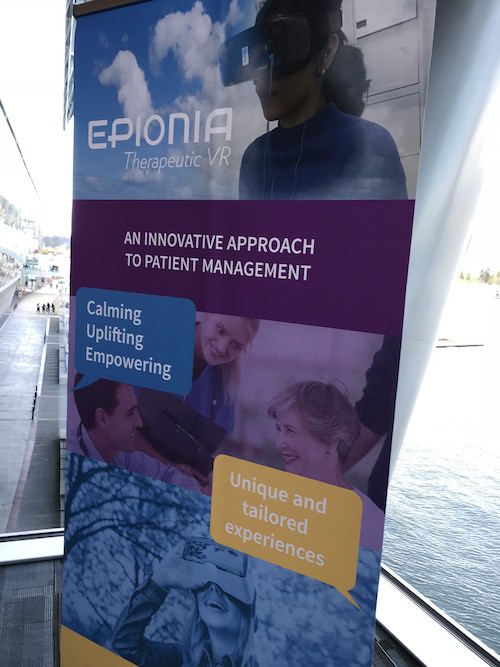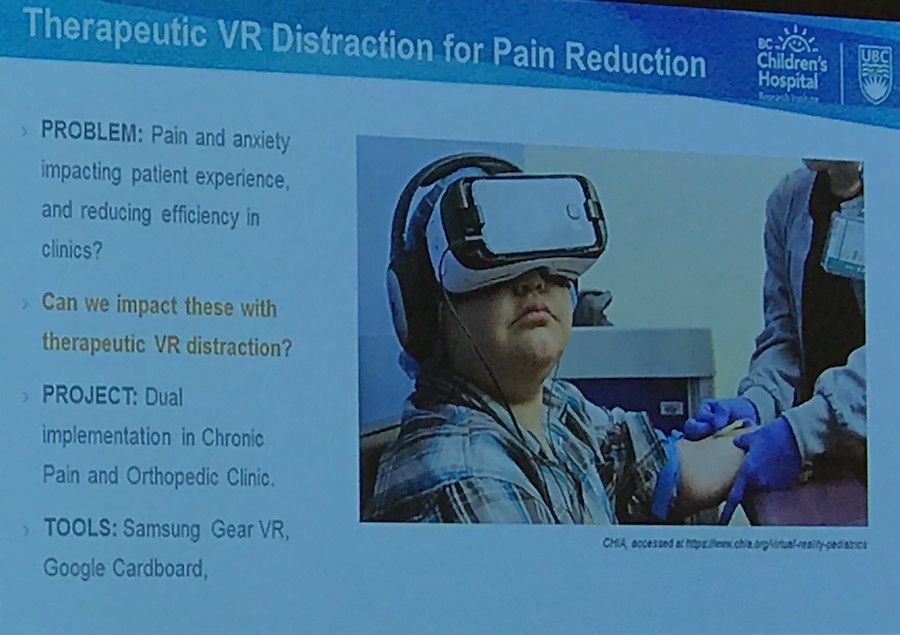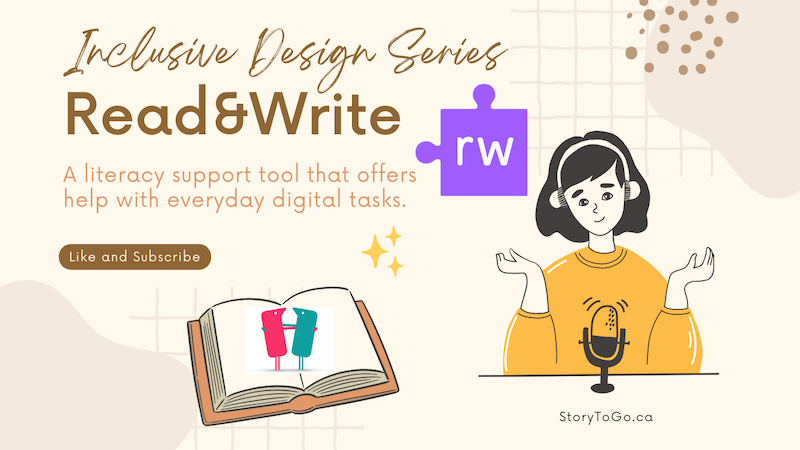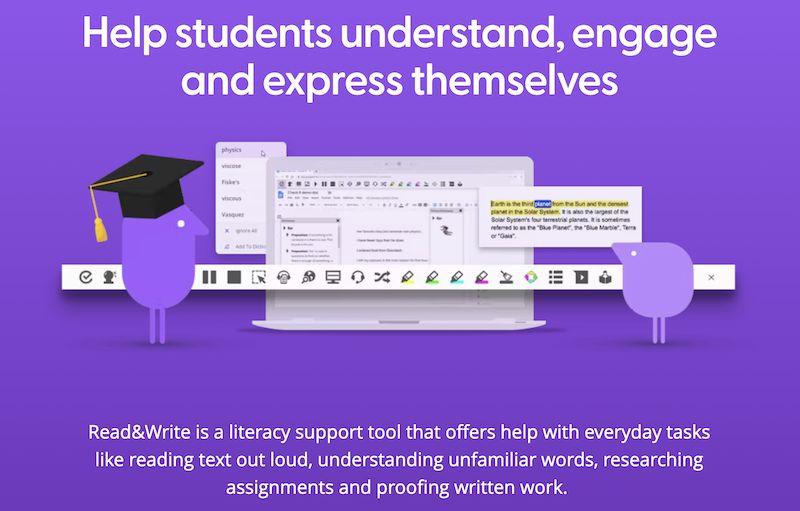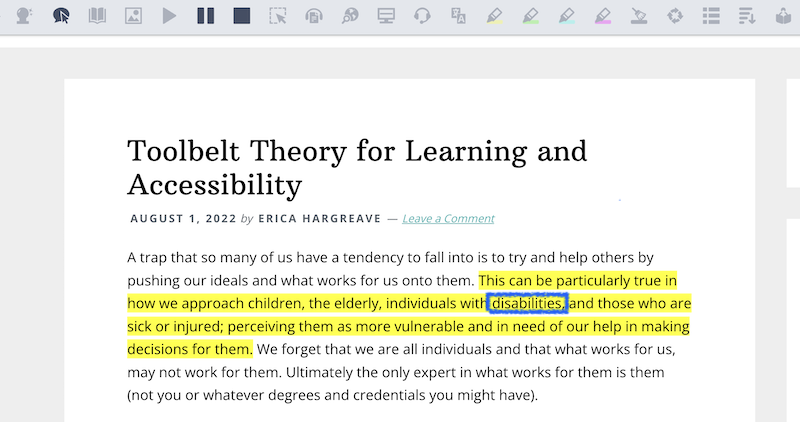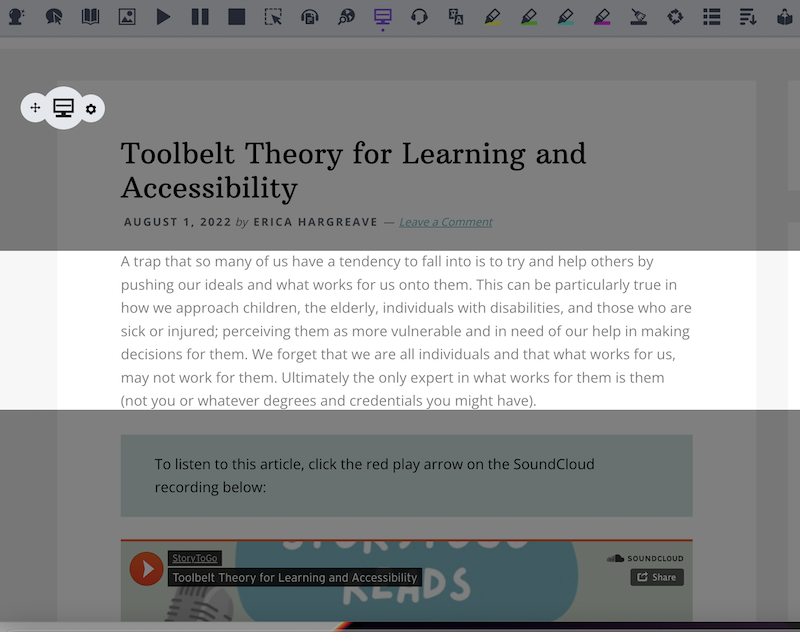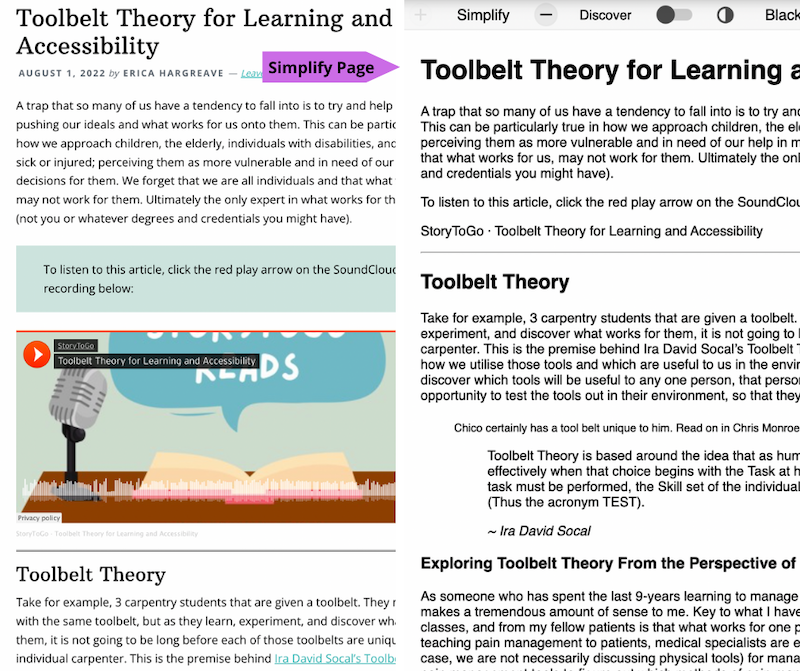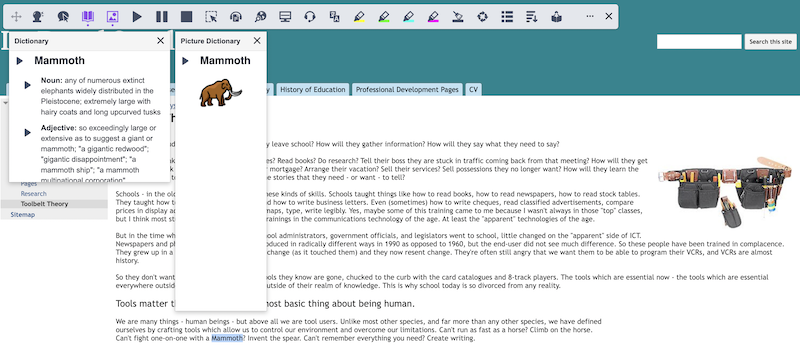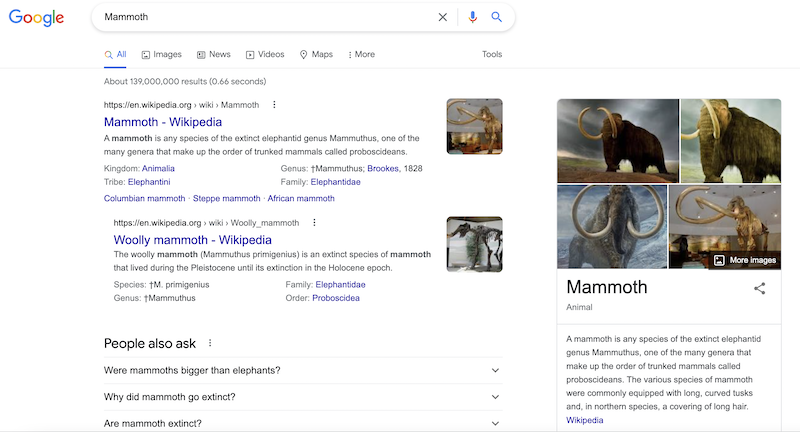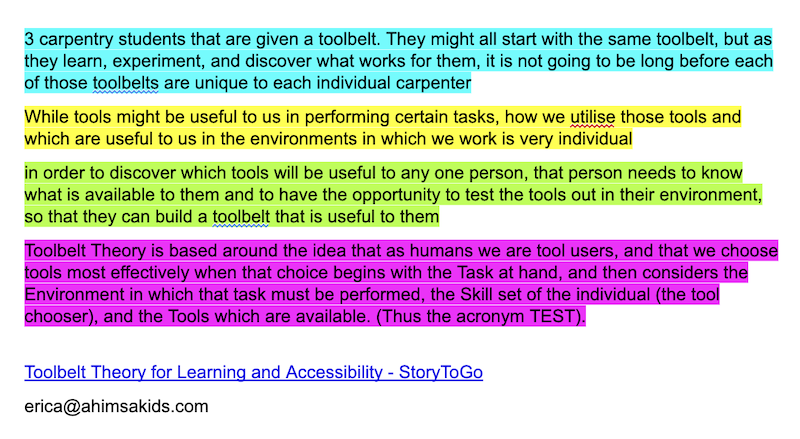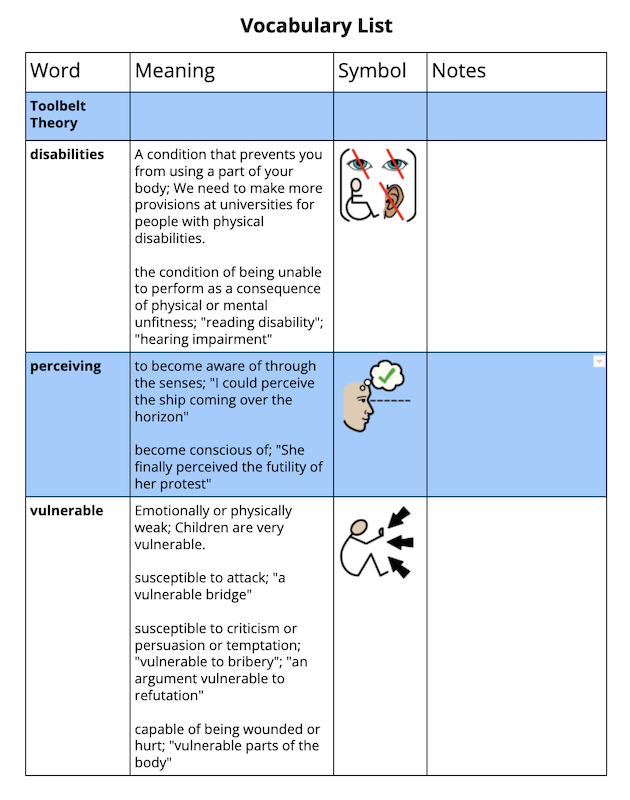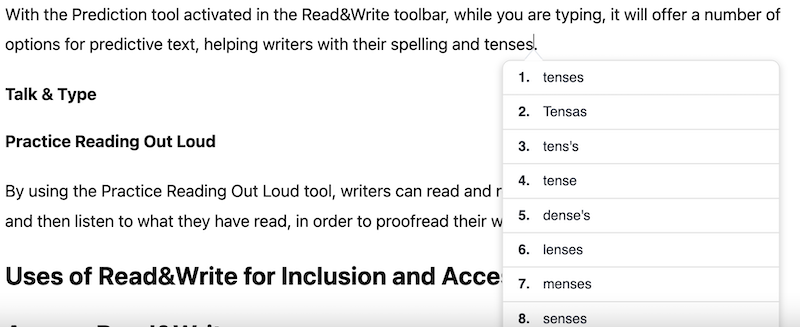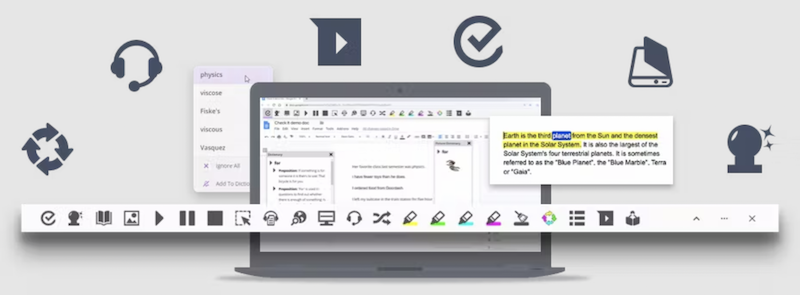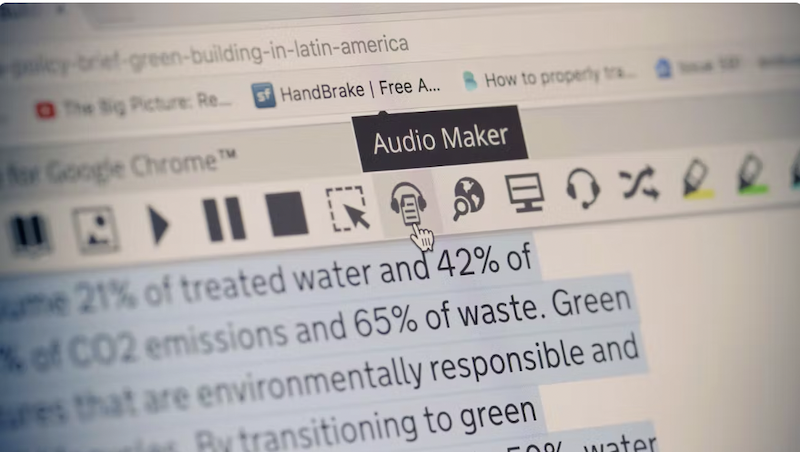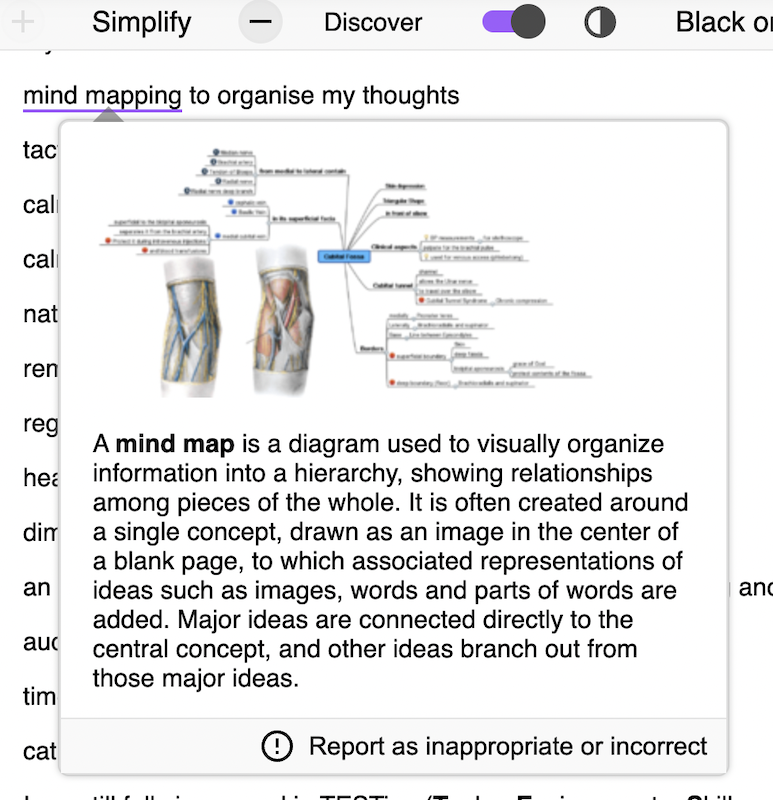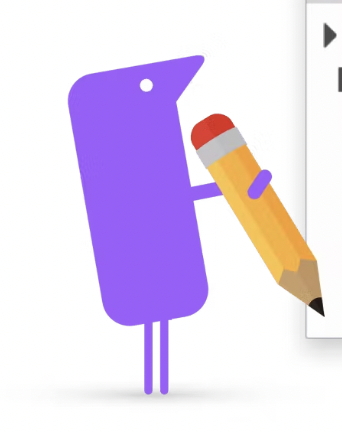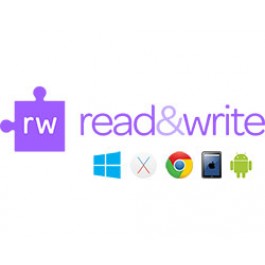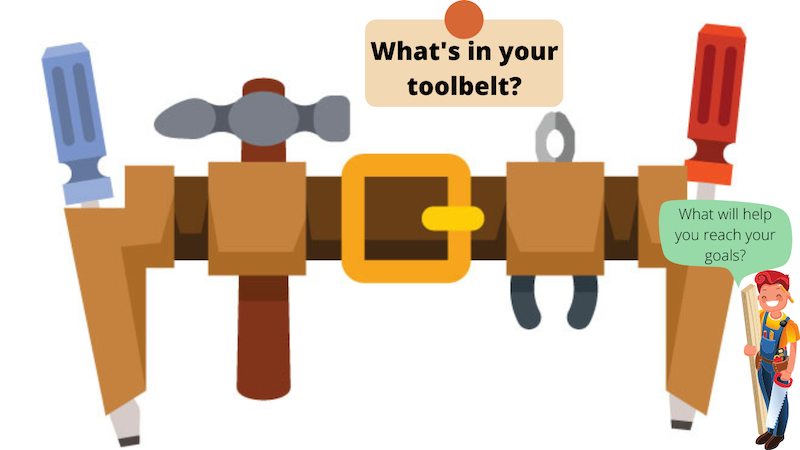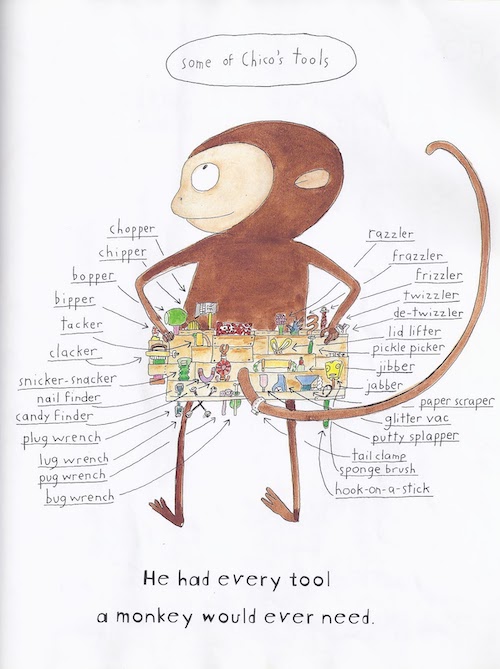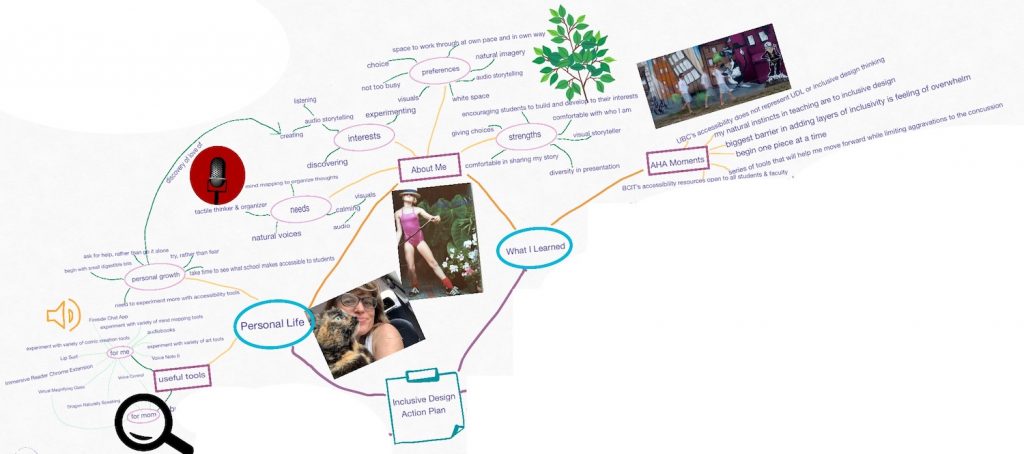As we step into 2024 and I wrap up my ETEC 580 Directed Studies and Master of Educational Technology, I want to take a moment to conceptualise the Extended Reality Open Education Guide that I have begun to build; to give it shape, intention and create a road map for it, as well to seek feedback from you, our readers, as I continue to further my journey, experiments, and goals in extended reality (XR) beyond my Masters. As I previously wrote in Exploring XR Development with my Final Master of Educational Technology Directed Studies, the work I have done through the MET Program at UBC is a beginning to this work in XR development.
Here’s where I am at present in mapping out where I am going with this work:
As I continue to develop an XR Open Education Guide on StoryToGo, much as I did with the Web Monetization Guide, there are 4 main areas that I will be focusing on, developing, and building upon over time:
- XR Case Studies
- XR Development Experiments and Process Blogging
- XR Development Series of Mini-Courses
- Addressing Accessibility in Extended Reality
XR Case Studies
The goal of the Extended Reality Case Studies is to explore different extended reality experiences and applications to discover what resonates with myself and my team and to identify the challenges. By writing these up as case studies, the hope is to create a resource for our team in developing extended reality experiences, and to share that resource more broadly with other independent creatives, educators and students wanting to explore extended reality. Secondarily, these XR Case Studies will also be used as resources and examples within the XR Development Series of Mini-Courses.
At present, these XR Case Studies are focused around augmented reality (AR) natural and cultural history experiences and virtual reality (VR) health and wellness experiences, as these are the areas that my team and I are currently developing extended reality projects. Over times, we will broaden these case studies to other areas of interest.
As my team’s and my current priority is on AR natural and cultural history experiences, the current case studies include:
I am also writing up a case study on the TaleBlazer AR Game at the Royal Botanical Garden’s Rose Garden at present.
Other XR Case Studies on the current ‘to write’ list, include:
- Notre-Dame de Paris, The Augmented Exhibition
- Plank Walk VR
- Pain Distraction VR
- Concussion Therapy VR
As the XR Case Studies grow in number on StoryToGo, we will create an Experiential Reality Library, like the Web Monetized Content Library that we’ve begun to create.
XR Development Experiments and Process Blogging
As an indie creative who likes experimenting with emerging ways of crafting stories, I find it helpful to experiment with the technology for building those stories. That way even if we contract a larger team on our builds, I know what I am talking about and know what is possible. Often as I dive into such experiments, I also learn that building stories in these newer ways with emerging technologies is not so daunting, cost prohibitive, and inaccessible as people think. Thus, as I create and experiment with extended reality development, using different extended reality development tools and platforms, I intend to create process blogs walking people through the ‘how to’ of my experiments creating with different technologies.
The purpose?
- to create a running log / record of the process to pull from for the XR Development Series of Mini Courses;
- to engage others around this process, and crowdsource ideas and solutions; and
- inspire others to experiment with their own XR builds, and provide them with a resource to helping them do so.
Currently my goals for my own projects involve Unreal Engine and motion capture technology. This, however, is not the most accessible entry point for educators and students wanting to begin their own experiments with XR, both in terms of the learning curve and in terms of the expense of the technology needed for. As such, I decided for the purposes of creating a more accessible entry to extended reality for teachers and students, that I want to begin with some more accessible extended reality builds / development ideas, and then build towards the more involved pieces using UnReal Engine and Unity, as part of my long term, on-going work.
What this means, is that my initial AR build will be with TaleBlazer to create some early development options within the open Extended Reality Course that are designed for teachers and students, and then later build Units on developing with UnReal Engine and Unity, as well as other more accessible extended reality development solutions, like Stornaway.io, CoSpaces, Halo AR, polycam, MyWebAR, and 8th Wall. If you have other suggestions of XR development tools and platforms that my team and I should be experimenting with, please let me know about them in the comments on this post.
In terms of the extended reality projects that my team and I have been developing, they include:
- WWII stories from my friend Manami Calvo (Saito)’s family from their experience as Canadians of Japanese ancestry, living on the West Coast in WWII
- our plan for this is to create some initial experimental ‘art installations’ using Web AR, that are accessible via smartphones and tablets
- we plan on creating these utilizing animated ‘ghostly figures’ created with Unreal Engine and a motion capture suit, along with historic photos and video, as well as recorded interviews
- we will then use those art installations to go after proper funding to further development
- health / wellness VR Experiences
- our plan is to start with a kids yoga class in VR that can be used in hospitals, as well as at home
- create in Unreal Engine with a motion capture suit
- the yoga will be lead by Lori Yearwood (wearing the motion capture suit) and will involve her transforming to different plants and animals with different poses
- the children will also be able to select the background world (from a variety of calming choices) for their yoga experience
XR Development Series of Mini-Courses
To make things as easy as possible for other indie creatives, educators and students to begin to explore and develop their own extended reality projects, I intend to take what I have learned through my extended reality research, case studies, experiments and process blogging, and build a series of Extended Reality Mini-Courses for people to use as a guide in creating their own extended reality projects. The goal here being to remove the fear of extended reality being a far reaching, inaccessible goal by building their understanding of extended reality, getting them experimenting with it and envisioning the possibilities, and sharing with them a variety of pathways to creating extended reality, including step-by-step guides.
In developing a series of Extended Reality Mini-Courses, I am exploring other Extended Reality Learning Resources to see what is currently available to those wishing to explore extended reality further, so as best to identify a different, unique approach to the subject and include any beneficial resources that are currently missing.
The Extended Reality Learning Resources that I am currently delving into, include:
- Extended Reality for Everybody Specialization by Michael Nebeling of the University of Michigan on Coursera
- The Future of Storytelling StoryMOOC by the University of Applied Sciences Potsdam on iversity.org
- Unity Learn
- Learn UnReal Engine
In approaching the extended reality course development for the StoryToGo Classroom site, I have come to the conclusion that XR development is more manageably approached as a series of mini-courses. Currently, I am thinking in terms of building the following three courses:
- First Steps in Extended Reality Development – An Introduction
- Extended Reality Development
- Extended Reality User Testing and Refining
The talk I gave for the class at the American University in Cairo follows the layout for the first mini-course:
My current breakdown for ‘First Steps in Extended Reality Development – An Introduction’ will include:
- What Extended Reality Is
- types of Extended Reality
- applications of Extended Reality
- delivery of Extended Reality and Devices
- Extended Reality Case Studies
- an informal introduction to user testing
- creating mini case studies in user testing extended reality experiences, and recording stars and wishes from the experiences
- Developing an Extended Reality Idea of Your Own
- Why XR?
- what type of XR?
- is this the strongest choice?
- how do you wish to deliver? to which devices? why?
- Do you need to create all at once or can you create it in accessible steps?
- Steps in creating
- Creating a roadmap
- Why XR?
Then the Extended Reality Development Course will be a continual work in progress, adding different Units, covering how to build XR with different extended reality development solutions, starting with TaleBlazer.
If you have suggestions for the structure of or things I should be including in the XR Development Series of Mini-Courses, please share your thoughts in the comments.
Addressing Accessibility in Extended Reality
While not a standalone piece on my brainstorming document, for those of you who have begun to read our XR Case Studies, you may have recognized that accessibility in extended reality is central to my team’s and my explorations and development goals. This is very much driven by various disabilities and health and wellness issues that my team and I have experienced, but is also an aspect of extended reality design and user testing that has not been discussed and addressed as well as it should yet.
For now, my team and I intended to address Accessibility in Extended Reality throughout our case studies, process blogging, and course materials. I also had an invitation to come on as an advisor on accessibility to UBC’s Emerging Media Lab, after I brought accessibility and my perspective on with a few of the students at their Autumn Showcase. This is an invitation I intend to follow up on this year, with the hope that between that and my own team’s process thinking through accessibility in extended reality, as we share extended reality case studies, work on our own extended reality development and process blog on it, and create our Extended Reality Development Series of Mini-Courses, that we also begin to build a standalone piece or pieces that address accessibility in extended reality. Not sure what that will be yet, but if you have suggestions for this, I’d love to hear about them in the comments.
Your Thoughts?
I’d love to hear your thoughts in comments below on the direction I am taking with this Extended Reality Open Education Guide. If you have suggestions for future XR Case Studies, on XR Development Tools and Platforms to try, the structure of or things I should be including in the XR Development Series of Mini-Courses, or ways to further address Accessibility in Extended Reality, please share them in the comments. Thank you!
Also, if anyone wishes to become involved in any of the above endeavours with myself and my team, please reach out and we can chat further.
Thank Yous
The work that I have begun here has been inspired by and is evolving, thanks to:
- Dr David Vogt for encouraging my dreaming, entrepreneurial thinking, and edtech product design and development;
- Dr David Porter in exploring open education and searching for sustainable funding pathways for;
- Saeed Dyanatkar for seeing my potential in dreaming up different pathways for storytelling and education, always making time for me when I had questions, and making me feel welcome and valued whenever I wandered into the Emerging Media Lab;
- Dr Kyle Stooshnov and Juliana Loh for creating a framework for my first steps into thinking about XR development and experimenting with 360 video;
- Dr Jennifer Jenson and Dr Suzanne de Castell for fostering my game design thinking;
- Dr Heidi Janz, Dr Michelle Stack and Dr Paul Hamilton for helping me to process my newer disabilities, frame disabilities and myself as disabled in my storytelling, and begin to understand how to advocate for disability and accessibility in education (and feel empowered to do so, understanding it as a strength, as oppose to something to hide);
- Yvonne Dawydiak for demonstrating the alternative pathways to navigating UBC, approaching teaching creatively in a hands-on way, and an empathy driven approach and practice;
- Lori Yearwood for her vision in beginning to create case studies here on StoryToGo to act as resources for our students, workshop participants, clients and partners, and the broader independent creative and education community – for encouraging me to begin to share my disabilities in our storytelling and work, and sharing her own wellness challenges as we began to build our health, wellness and accessibility workshops, resources, and storytelling – and for always being a willing and enthusiastic supporter and co-creator on the ideas that wander through my mind; and
- Manami Calvo for seeing the potential for sharing her family’s WWII stories in AR, joining me in crafting experiments around, and in trusting me with her family’s stories.
Also an enormous thank you to the Interledger Foundation for helping fund my research and work on Sustainable Funding Solutions for Creatives and Educators, and to CNIE – RCIÉ and BCIT who have helped fund my research and coursework throughout my Masters.
Thank you all, for all your help, support, direction and inspiration!
